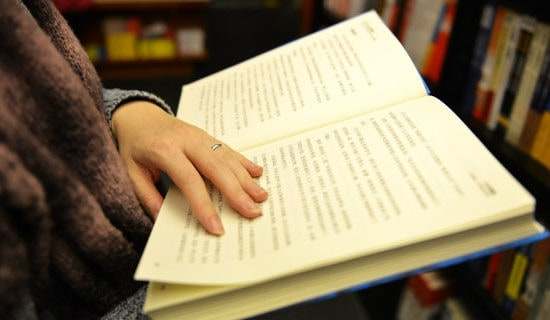- 相關(guān)推薦
六級閱讀考前模擬訓(xùn)練(1)

Directions:There are 4 passages in this part. Each passage is followed by some questions or unfinished statements. For each of them there are four choices marked A), B), C) and D). You should decide on the best choice and mark the corresponding letter on the Answer Sheet with a single line through the centre. ?
Passage 1
Questions 21 to 25 are based on the following passage:?
People do not analyze every problem they meet. Sometimes they try to remember a solution from the last time they had a similar problem. They often accept the opinions or ideas of other people. Other times they begin to act without thinking; they try to find a solution by trial and error. However, when all these methods fail, the person with a problem has to start analyzing. There are six stages in analyzing a problem.?
First the person must recognize that there is a problem. For example, Sam’s bicycle is broken, and he cannot ride it to class as he usually does. Sam must see that there is a problem with his bicycle.?
Next the thinker must define the problem. Before Sam can repair his bicycle, he must find the reason why it does not work. For instance, he must determine if the problem is with the gears, the brakes, or the frame. He must make his problem more specific.?
Now the person must look for information that will make the problem clearer and lead to possible solutions. For instance, suppose Sam de
【六級閱讀考前模擬訓(xùn)練(1)】相關(guān)文章:
A級考前技巧輔導(dǎo)-閱讀(1)05-04
經(jīng)典閱讀105-01
文言文閱讀模擬訓(xùn)練04-30
A級詞匯考前補(bǔ)習(xí)(1)05-04
現(xiàn)代文閱讀模擬訓(xùn)練:轉(zhuǎn)身04-30
決勝六級--簡答(1)05-04
四六級閱讀詞匯05-04
我的閱讀故事104-30






